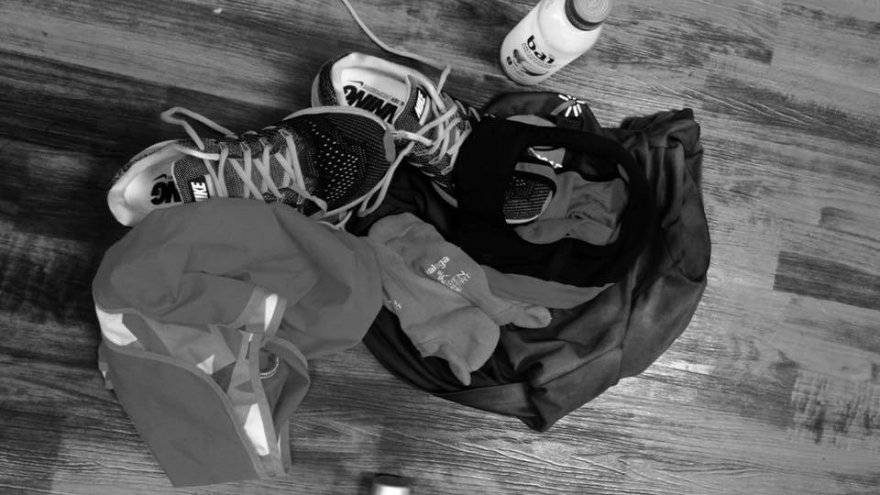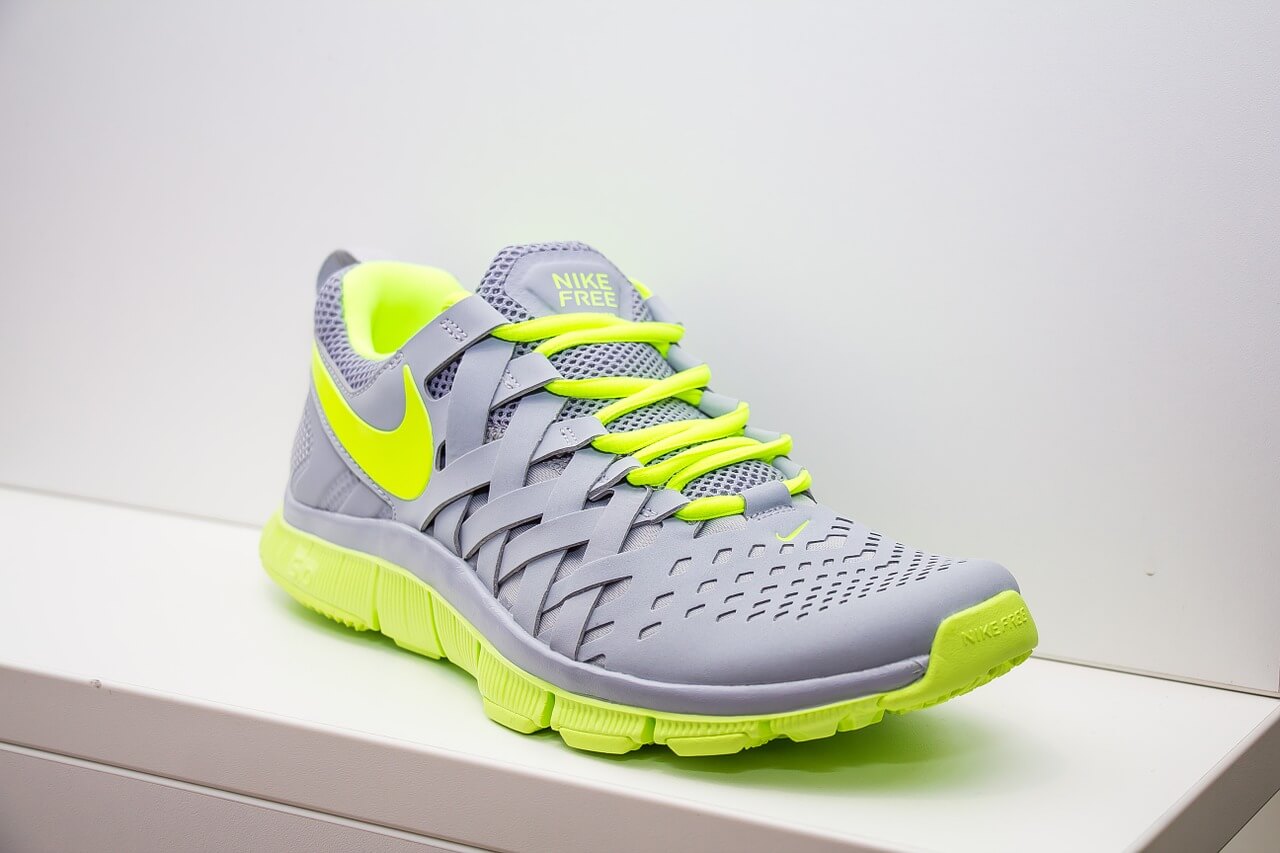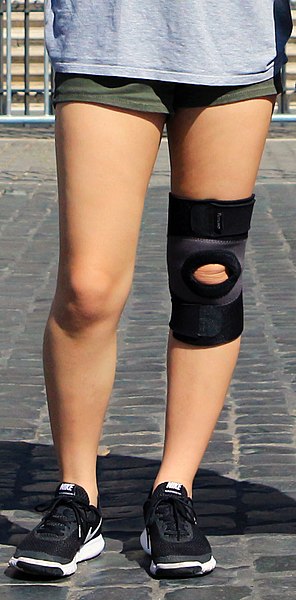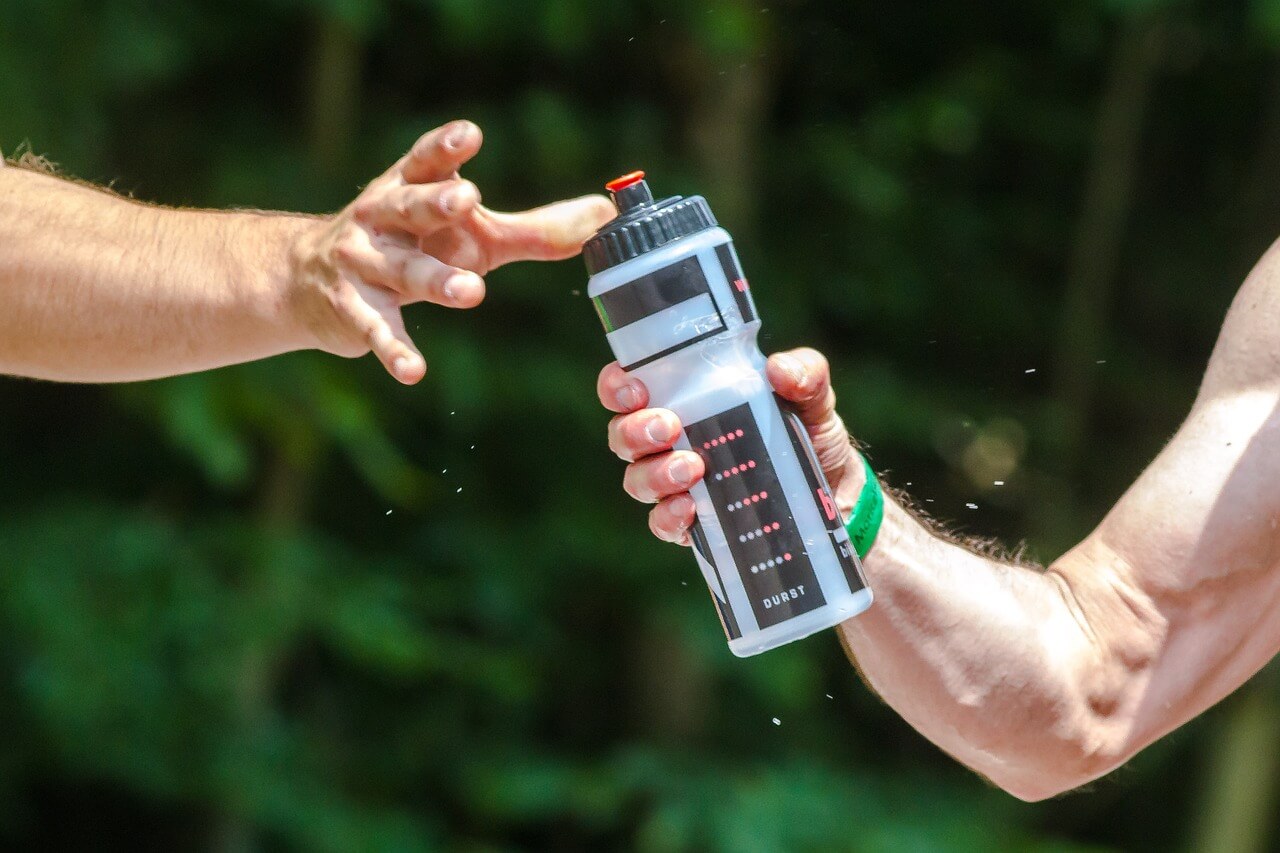What’s the Life Expectancy of Your Running Gear?

Most runners have tons of running gear. There are the favorites, things you wear by default, things you need, stuff you hate but paid too much to toss, things you have long forgotten about, items that are sentimental… And the list goes on and on.
Believe it or not, all those items have a shelf life. A long sleeve tech shirt you rarely wear will last years, but what about shoes you bought two years ago and have never worn? Or that new brace you use twice a week? Your sports bras and water bottles go through the wash, dry and repeat cycle. Your GU has an expiration date on it but since its all sugar you can probably use it past that date, right?
So the question is, what is the life expectancy of your running gear?
Shoes
The single most important item in your closet related to your running health and happiness is your shoes. The mileage put on your shoes is going to determine their usefulness. Someone running 50 miles a week is going to blow through shoes much quicker than someone logging 25 miles. Most manufacturers and runners will tell you the magic distance is between 300-500 miles. But shoes, runners or terrain are not created the same.

A treadmill runner in a Mizuno and a road runner in a Nike are going to get a different amount of miles out of a set of shoes. It also means that even if you consistently run on the same terrain and in the same style shoe, the mileage in which you will need new shoes will vary. It’s a good idea to keep a rough (or exact) log of how many miles you have on your shoes. However, if you haven’t kept a log, signs that you need to change shoes include newly achy knees, “flat” feeling shoes, lower back or hip pain.
In addition, it is important that you do not do anything else in your running shoes except run. Yes, you love them, but hitting the grocery and walking around doing your daily tasks is going to shorten their lifespan. Buy another pair of shoes strictly for getting around town post-run.
Braces
If you have a nagging ache, are getting over an injury or are preventing an injury from reoccurring you might use a sport brace. Most people have a lineup of mid-quality braces lying around their house. Ankle braces, knee braces, wrist braces and more, all from when there was an ache or pain or sprain. That collection of braces does age and use does affect them. A lot of families pass around braces and no one knows how much strain has been placed on the device.

Sports Bras
The support your sports bra provides is paramount especially the larger your cup size is. Think about what you put your sports bra through. It gets stretched and pulled into place over your head, then you run and expect it to keep the girls in place. It gets yanked and tugged off and then washed, only for it to be repeated again. That’s a pretty tough life for some spandex and microfiber blend fabric.

Manufacturers will suggest replacing your sports bra every six months to a year. The more important factors are the amount of use and the fit. If the bottom or sides of your sports bra are loose, pitch it. It is not helping you.
Another thing to note is changes in sizes. Women gain and lose weight in their breasts for a variety of reasons: pregnancy, nursing, breast augmentations or reductions, medications or the simple up and down of life. You want your sports bra to fit comfortably and not chafe. Every few months, take note of which older sports bras don’t measure up and toss the one(s) that fail the test.
Water Bottles
Most athletes, runners included, want the newest and easiest hydration products on the market. Most everyone has more water bottles than they know what to do with since water bottles are the free gift of choice for any company trying to market themselves. On top of the freebies everyone has collected, there are the ones you purchase like the ones to fit in your fuel belt, the handheld, the stainless bottle, one for the office, a backup, etc.

Surely, as long as they are kept clean, dry and mold free water bottles will last forever, right? That’s pretty much the case. The only thing you want to make sure of is that there is no lingering odor and that there is no visible damage like warping, stretch marks or spots that are thinner than the rest of the bottle. This is typical of any plastic bottles often caused by heat from the washer or being left in the car during the summer months.
Bottom Line
When it comes to the life expectancy of your running gear, common sense reigns supreme. If it looks worn out, it probably is. A lot of use will result in a shorter lifespan, and proper care is the single most important thing you can do to extend the life of your running gear.
As for your GU and ingesting it after its expiration date, that is a personal decision. It doesn’t take a rocket scientist or a gear expert to tell you if your compression socks aren’t tight anymore and the netting in your shorts lost its elasticity it might be time to go shopping. Too bad, you have to buy new gear (said no runner ever).
Latest Articles
 Is Running on a Treadmill Easier Than Running Outside?Runners have their own preferences, whether it is treadmill running, running outside on the road, or exploring trails. So...
Is Running on a Treadmill Easier Than Running Outside?Runners have their own preferences, whether it is treadmill running, running outside on the road, or exploring trails. So... Is It OK to Use Trail Running Shoes on the Road?While trail running shoes can be used on roads, especially in situations where a runner encounters mixed terrains or pref...
Is It OK to Use Trail Running Shoes on the Road?While trail running shoes can be used on roads, especially in situations where a runner encounters mixed terrains or pref... How to Fix Sore Quads After Running?Rest, ice, gentle stretching, and over-the-counter pain relievers can help soothe sore quads after running. Also, ensure ...
How to Fix Sore Quads After Running?Rest, ice, gentle stretching, and over-the-counter pain relievers can help soothe sore quads after running. Also, ensure ... 10 Fruits With The Most Electrolytes to Replace Sports DrinksThese fruits are high in electrolytes such as potassium, magnesium, and calcium, essential for hydration, muscle function...
10 Fruits With The Most Electrolytes to Replace Sports DrinksThese fruits are high in electrolytes such as potassium, magnesium, and calcium, essential for hydration, muscle function...

